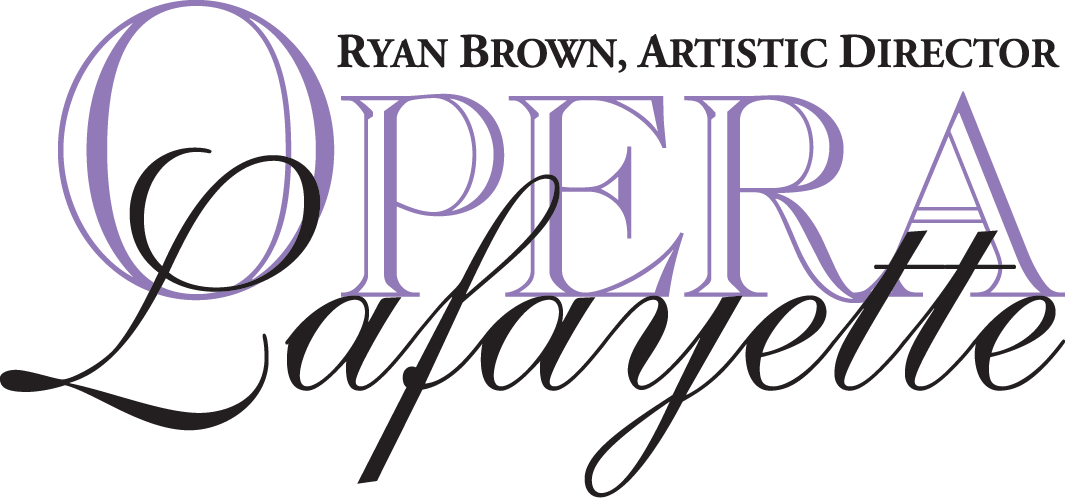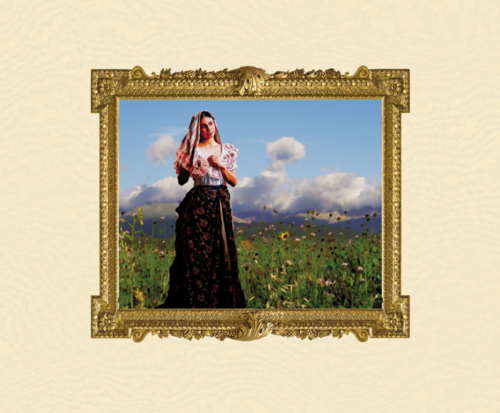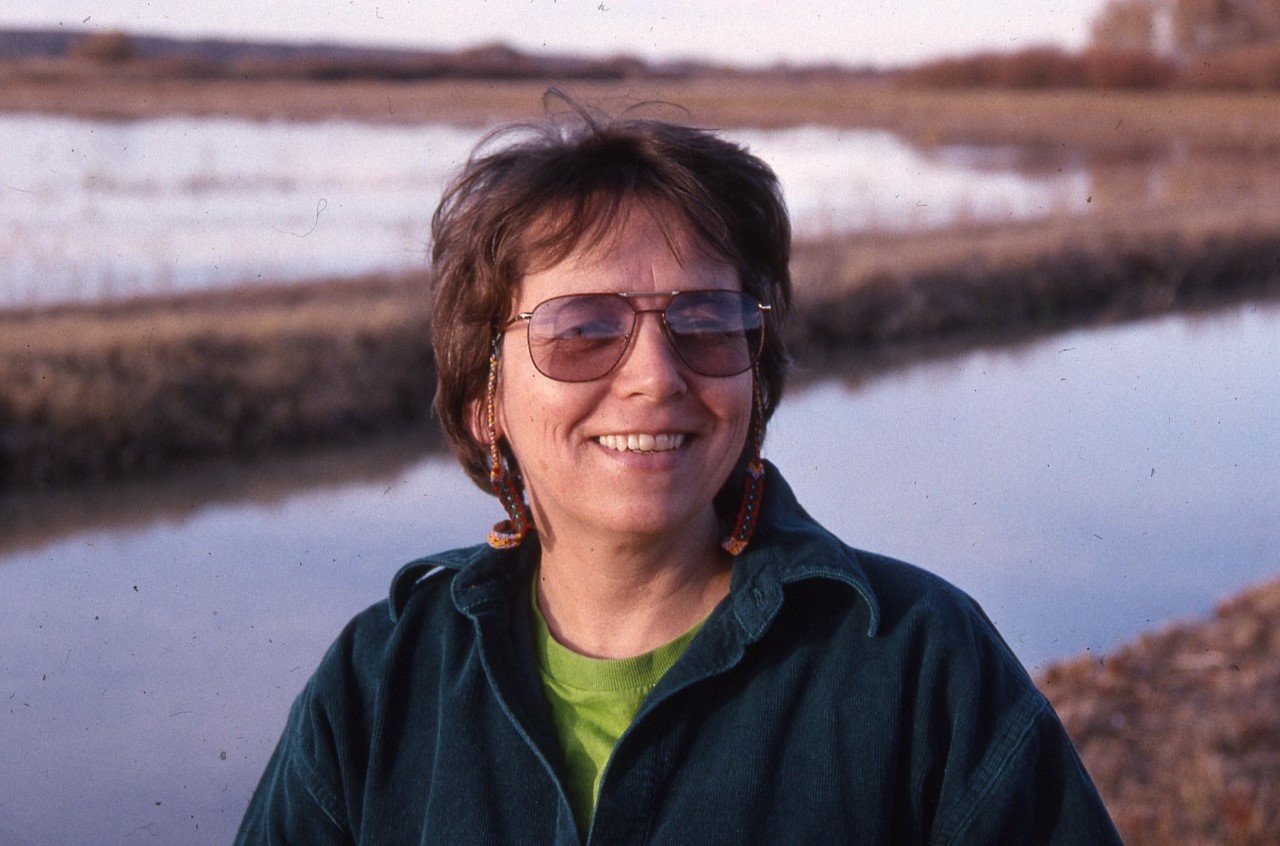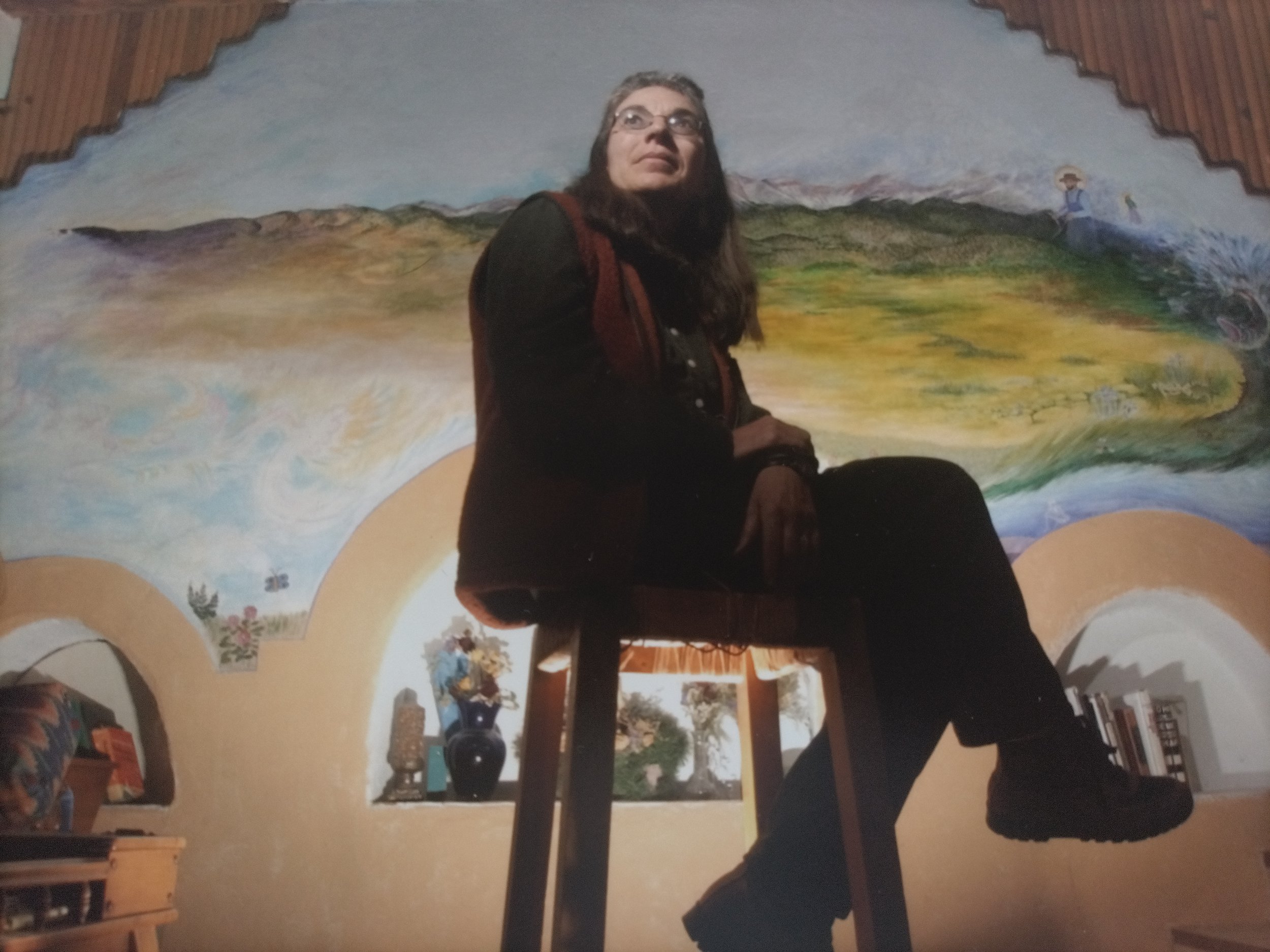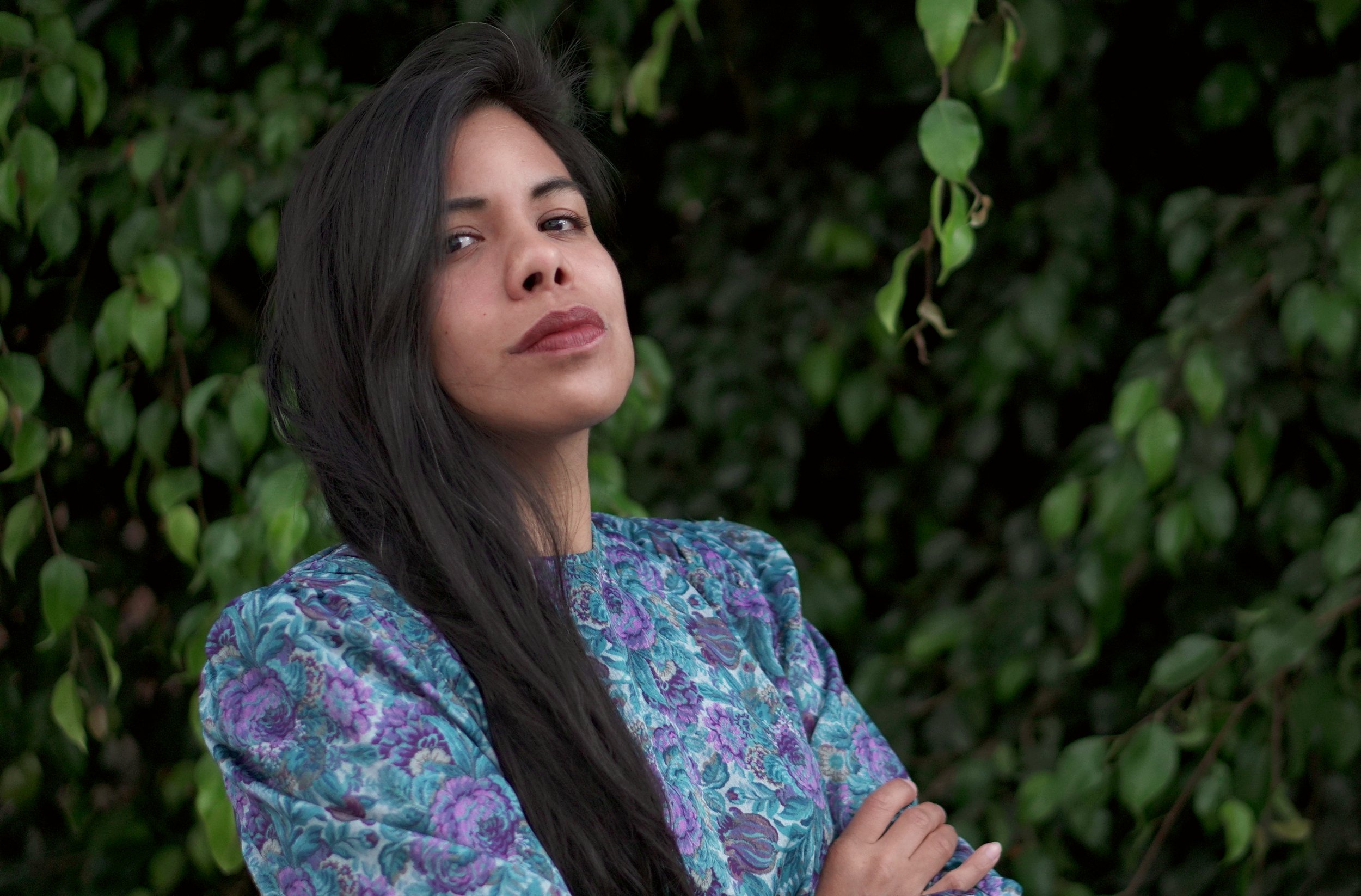SILVAIN SALON, LIVE FROM TAOS:
A Three-Part Virtual Series
REGISTRATION AND THESE SESSIONS HAVE PASSED, HOWEVER PLEASE FEEL FREE TO WATCH THE RECORDED CONVERSATIONS AND VIEW THE POWERPOINTS BELOW.
Before our June productions of Andre Gretry's Silvain in DC and NYC, we invite you to take a look behind the curtain. Join a panel of hosts each Wednesday in May for online sessions livestreamed from our New Mexico residency at the Helene Wurlitzer Foundation.
We’ll dive deeper into our retelling of this 1770 work, which we are setting in the 19th century America southwest.
Join guest scholars and Opera Lafayette artists as they discuss the issues explored in our production, including challenges to common lands, the European colonization of the American Southwest, as well as directorial and costume inspiration expressed through film and fashion. Artistic Director Ryan Brown hosts guests including scholars Judith Miller and Sylvia Rodriguez, scholar/activist Maria Mondragon-Valdez and director/filmmaker Tania Hernández Velasco, members of the Taos Pueblo Gilbert Suazo Sr. and costume designer Patricia Michaels.
About Silvain & THIS SERIES
Our 2022 Season explores the music and times of Marie Antoinette. Silvain was a favorite of Marie Antoinette, and on one occasion a messenger was sent to the Comédie Italienne to alert the troupe to scrap their planned programming and do Silvain instead because the queen was coming to the performance. Ironically perhaps, Silvain championed the traditional rights of peasants to use land owned by the nobles for certain purposes, in a story that centered upon the reconciliation of a father and son through the son's wife and grandchildren. In America, approaches to land use similar to those in Silvain were put in effect during the settling of land grants awarded by the Spanish and Mexican governments. In certain cases, French entrepreneurs from Quebec came to the southwest by way of St. Louis and New Orleans in the early 19th century, acquired vast tracts of land in the areas of what are now northern New Mexico and southern Colorado. They developed these lands by settling them with peasants and others who were given small plots of land and the use of the larger tracts for water, hunting, and grazing, a situation mirroring the drama of Silvain. As in Silvain, conflicts arose with the subsequent owners of the large tracts of land which have been litigated into the 21rst century. Each week, we’ll go on exploration into different aspects and themes that shaped Silvain, and the connections it still holds to today’s societal issues occurring presently in NM.
SILVAIN: LAND RIGHTS ISSUES IN 18TH CENTURY FRANCE AND THE HISPANIC AMERICAN SOUTHWEST
Wednesday, May 11, 6 p.m. EDT / 4 p.m MT
VIRTUAL
Judith Miller (Emory University) joins Sylvia Rodriguez (Taos, UNM) to introduce land rights issues involving common lands, first in late 18th century France (the original setting of the opera) and then during the European colonization of the southwest (the context of our updated setting of the opera).
THE FRENCH AND AMERICAN ROLE IN THE 19TH CENTURY SOUTHWEST, AND LAND LOSS TODAY
Wednesday, May 18, 6 p.m. EDT / 4 p.m. MT
VIRTUAL
Maria Mondragon-Valdez discusses Carlos Beaubien, the settlement of San Luis in the 1850’s, and subsequent challenges to the use of common land by the people of San Luis which are similar to those in Silvain. Director Tania Hernández Velasco discusses her film Titixe, a poetic description of what was lost in the generational transition from rural to urban life, and its inspiration for her work with Silvain.
Patricia Michaels
INDIGENOUS TRADITIONS, LAND LOSS AND RECLAMATION IN NEW MEXICO
Wednesday, May 25, 6 p.m. EDT / 4 p.m. MT
VIRTUAL
Gilbert Suazo Sr., a member of the Taos Pueblo, speaks to the 1000 plus year history of the pueblo, the gradual loss of the tribal land under Spanish, Mexican, and American colonization and rule, and the return of Blue Lake to the Taos Pueblo in 1970. Patricia Michaels, costume designer for Silvain, speaks to the relationship of the younger generation of the pueblo to the land, and how that is reflected in her costume and fashion work.
